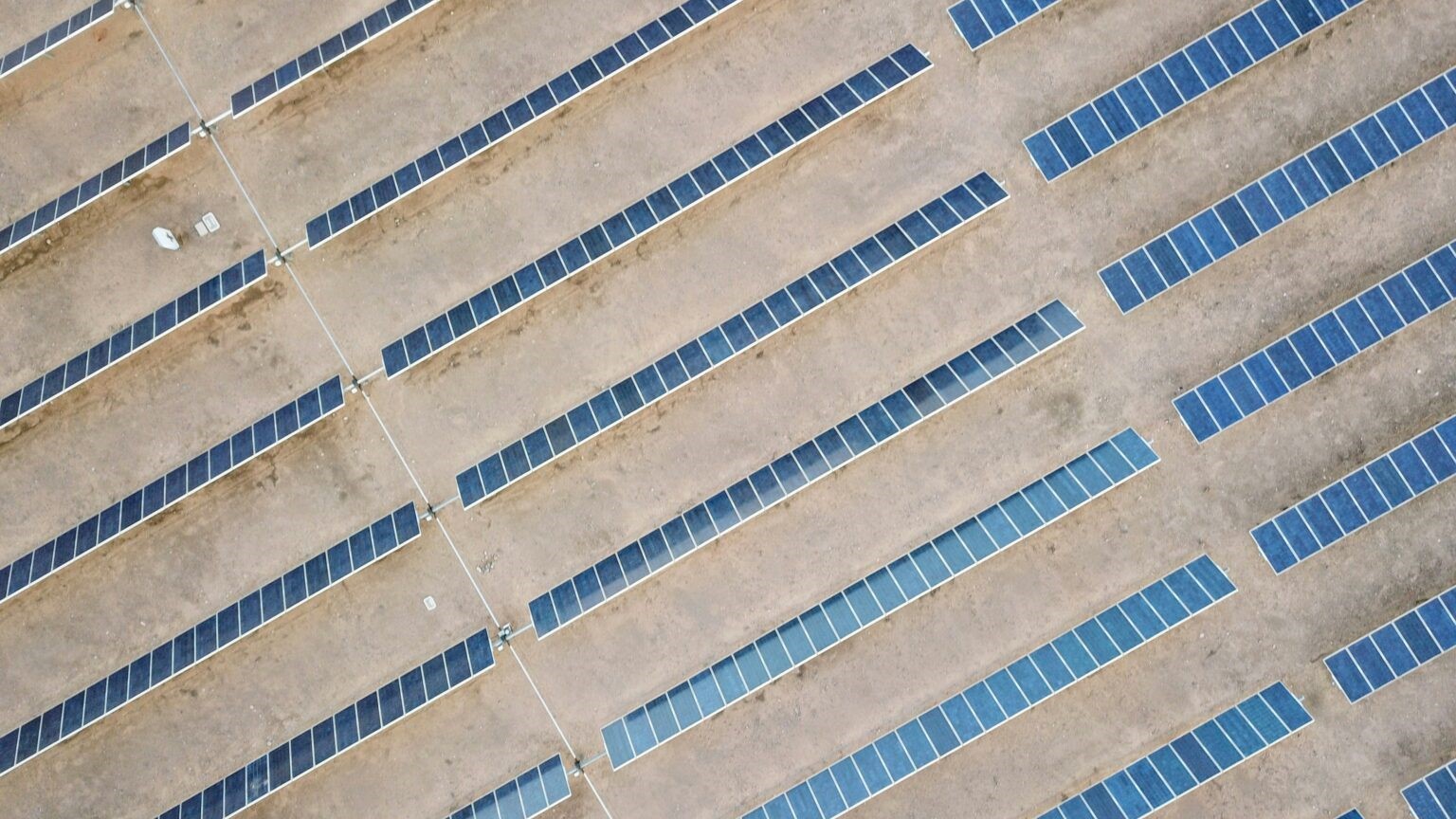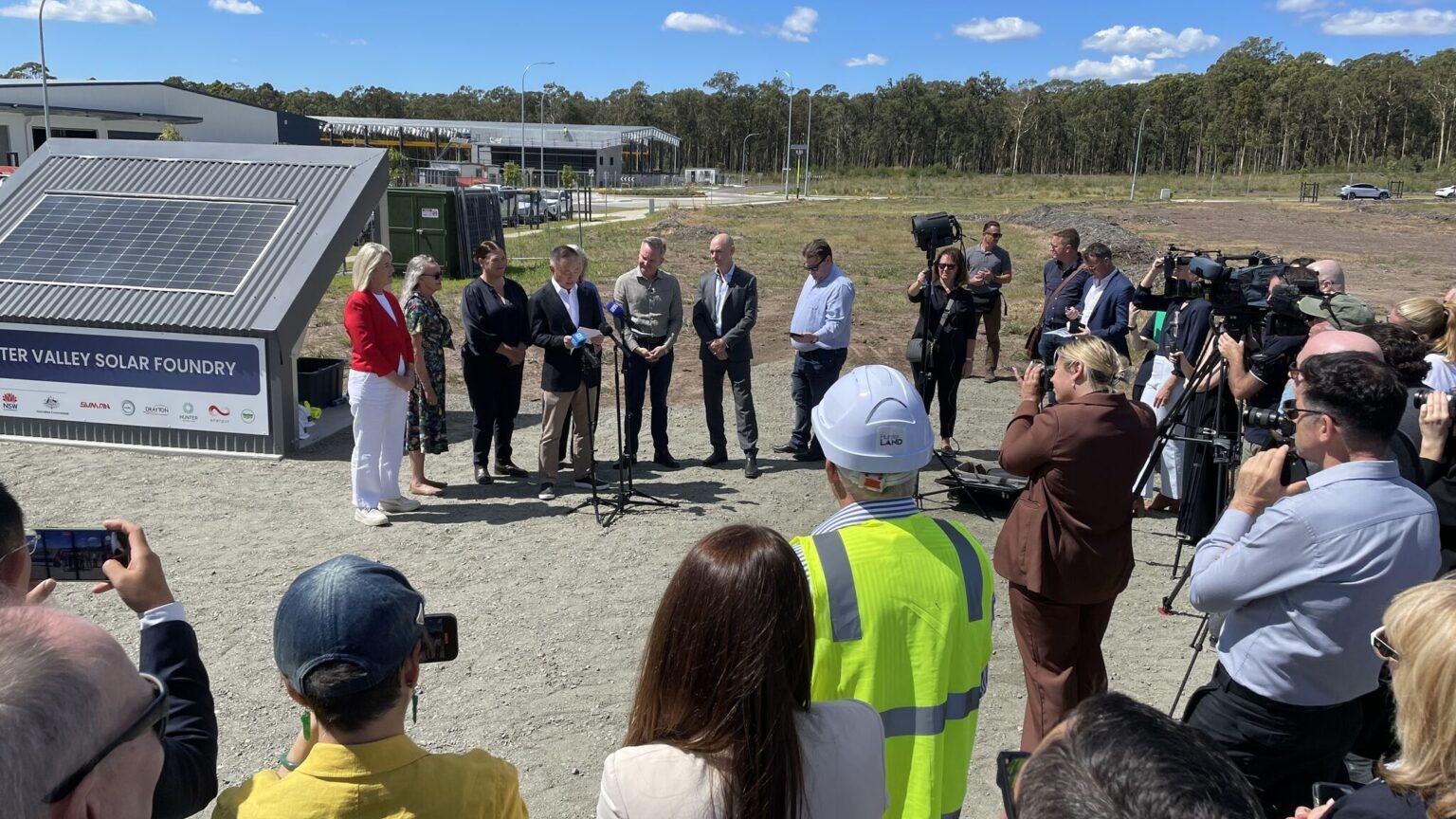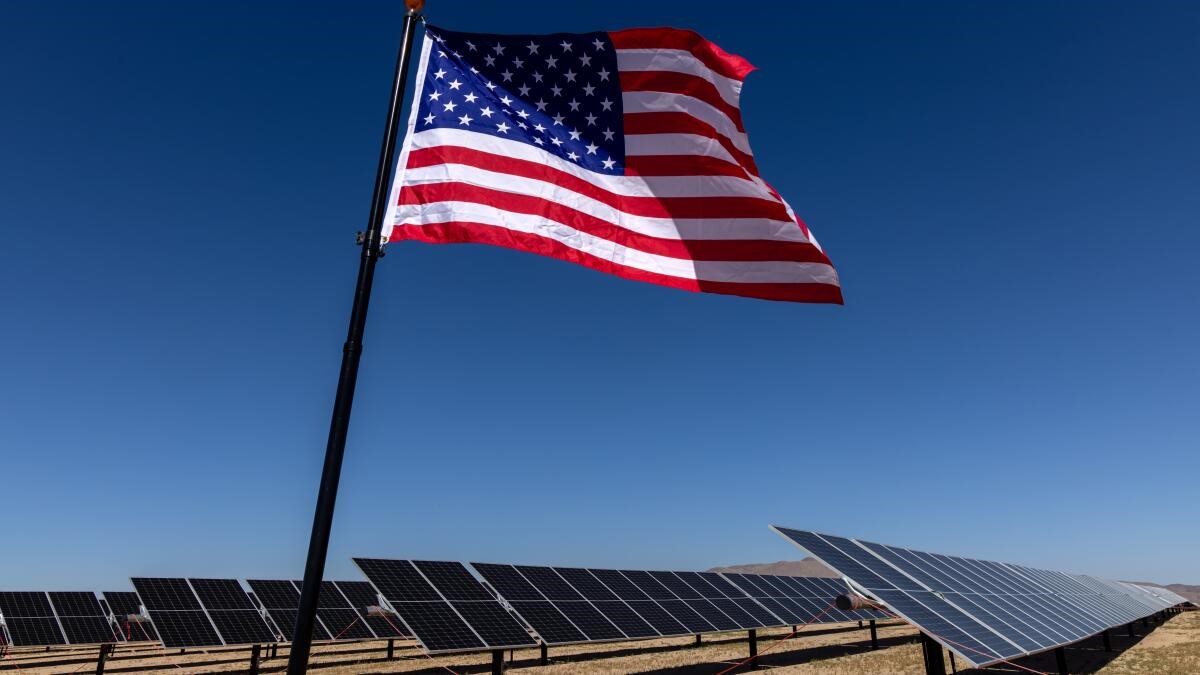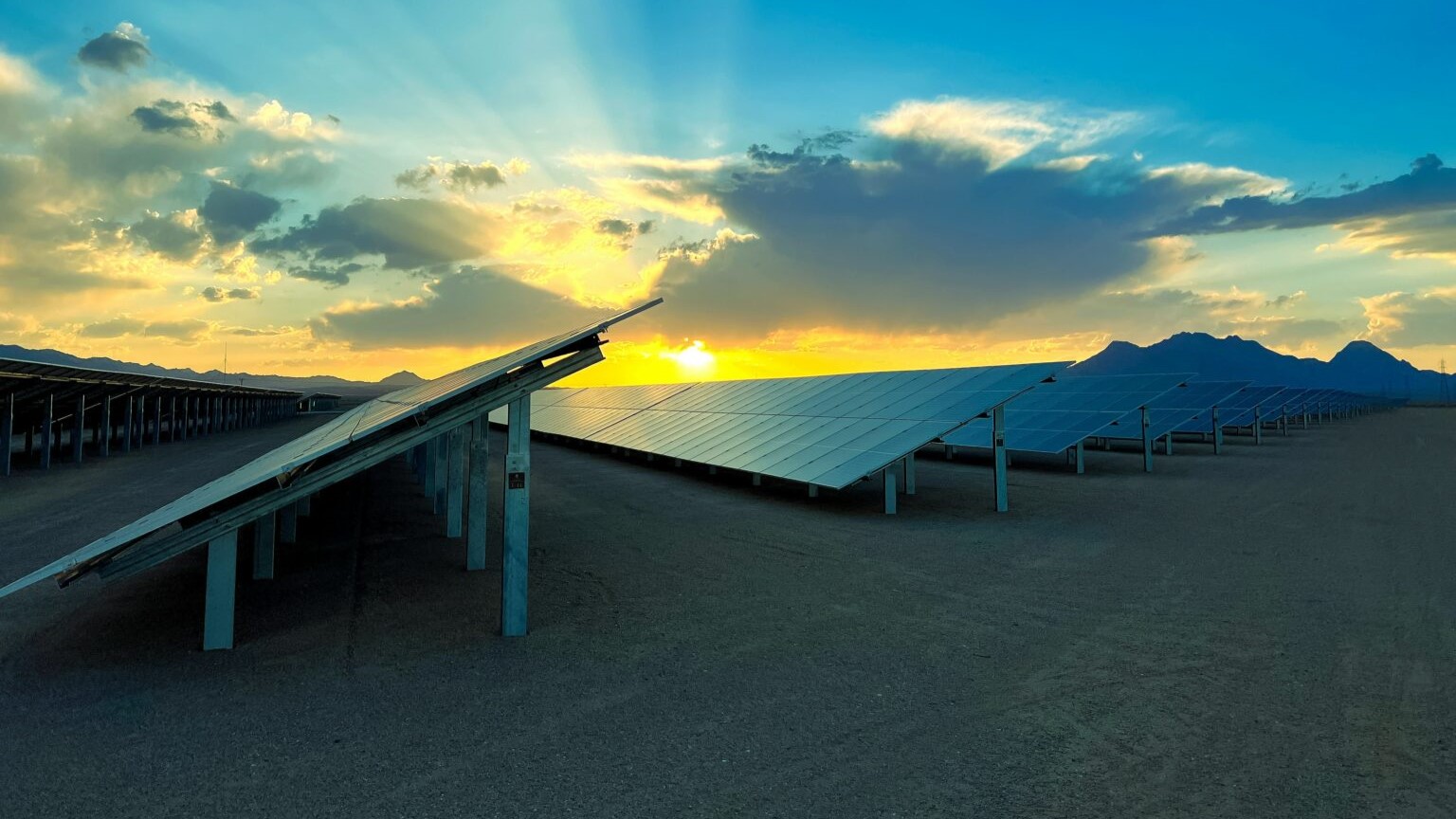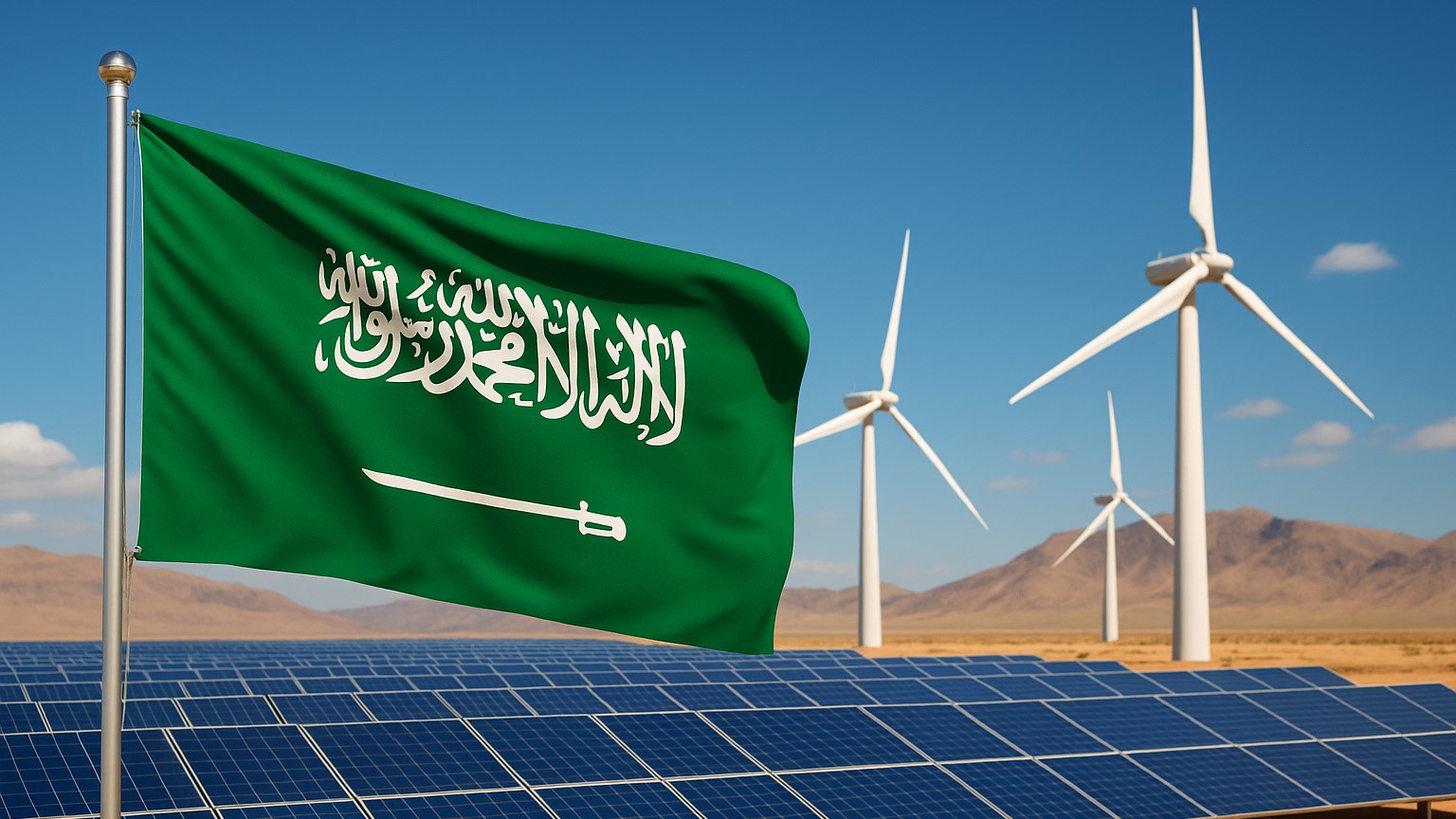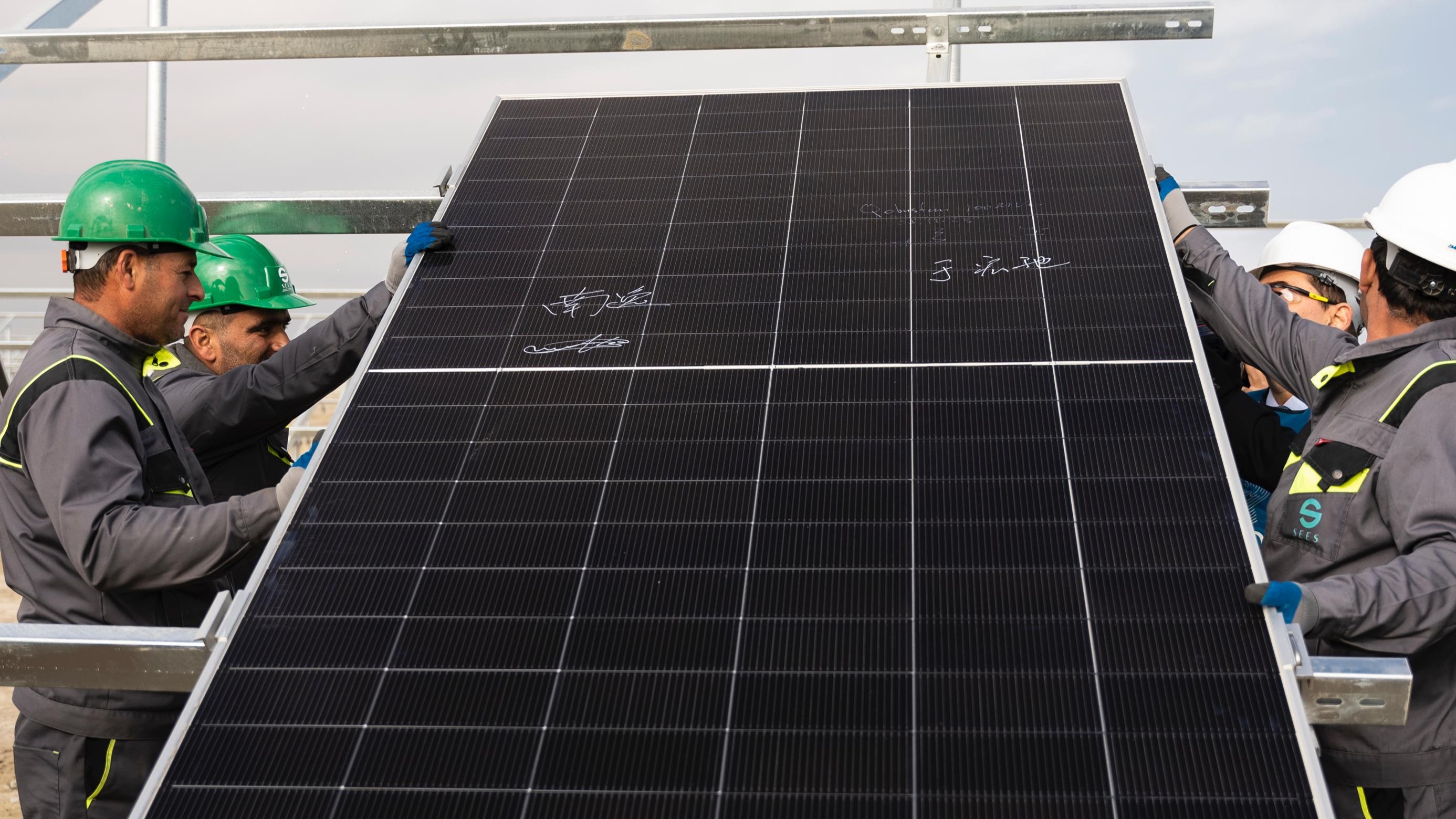Chad is aiming to deploy 520 MW of new solar by the end of the decade.
The target forms part of the country's national development plan, Chad Connection 2030, which launched earlier this year. The plan splits into 17 development programs and is aiming to mobilize a total $30 billion across public and private investments to aid growth across the country’s economy.
The electricity strand of the development program sets a goal of 886 MW of additional installed power by the end of the decade, including 520 MW of solar. The new power installations are expected to take the share of renewable energy in Chad’s generation mix to between 20% and 30%, up from 9% in 2024.
Chad has one of the lowest electricity access rates in the world, standing at 11% in 2022. The target installations are expected to increase the access rate to 60% nationwide and to up to 90% in provincial capitals.
While solar has been identified as the main technology to assist with Chad’s electricity transition, thanks to the country’s abundant sunlight, the Chad Connection 2030 plan also targets the construction of hybrid and thermal power plants.
The development plan also commits to an energy sector strategy covering the production, transmission and distribution of electricity and to open up electricity management in the country’s provinces to private companies working in collaboration with development partners and the International Finance Corporation.
Chad’s Ministry of Finance, Budget, Economy and Planning estimates $1.1 billion in investments will need to be mobilized to expand electricity production and distribution and modernize electricity networks.
In order to attract private sector investors, Chad is also planning to open construction and management opportunities to the private sector and has tasked its energy sector regulator with speeding up the relevant procedures, particularly in relation to calls for tender.
“Chad's exceptional solar potential is a major leverage for its energy transformation,” a statement from the ministry says. “Beyond numbers, access to energy is a fundamental pillar to support industrialization, strengthen social inclusion and sustainably engage the country in climate transition.” The ministry adds that solar installations will help to reduce the country’s dependence on hydrocarbons and stabilize the cost of electricity.
Chad’s solar sector is still in its infancy. According to figures from the International Renewable Energy Agency (IRENA), the country’s cumulative solar capacity stood at 2 MW at the end of last year, the same figure reported since 2021.


